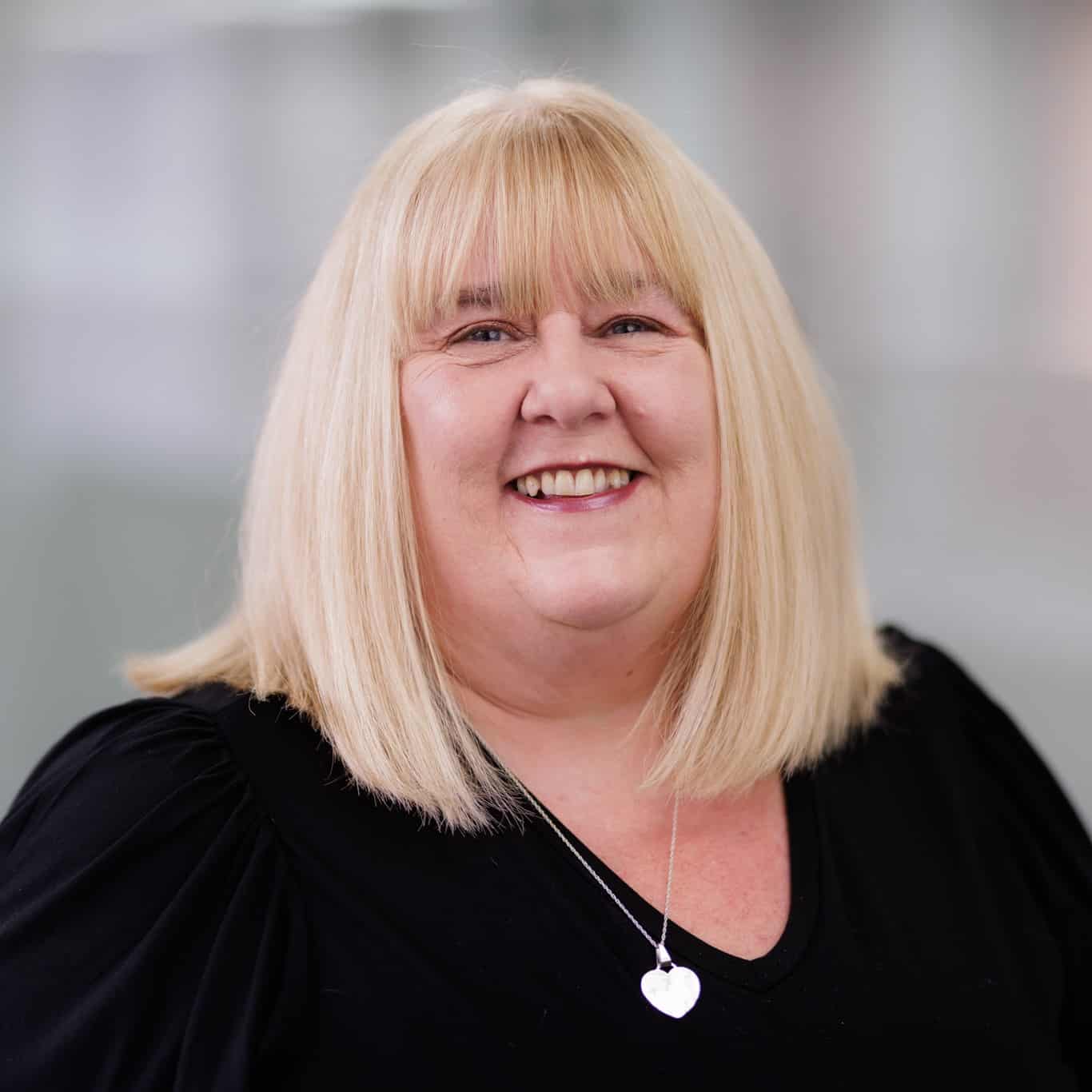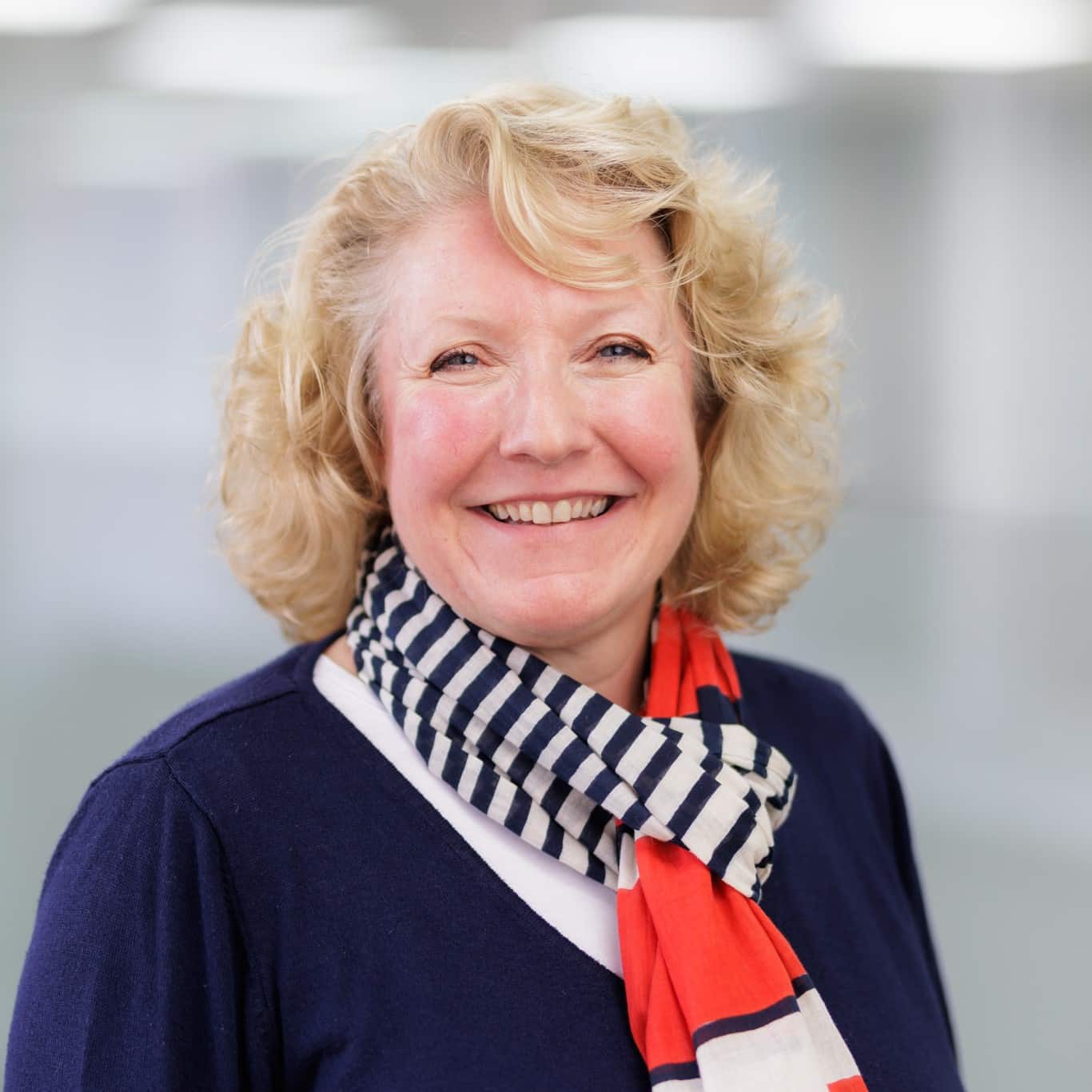October 16, 2023
The recent dispute between the indie band easy life and airline group easyJet serves as a cautionary tale on trade mark enforcement. It follows the recent trend of businesses taking additional action to protect their intellectual property.
Echoing the battle between the fashion giant Hugo Boss and Swansea-based brewery Boss Brewing, where Hugo Boss took action to protect its intellectual property (IP) due to the brewery’s ‘BOSS BLACK’ and ‘BOSS BOSS’ beers, another multinational business has taken action to protect its IP against a seemingly non-competing venture. However, it is not often straightforward when it comes to IP infringement.
What happened between easy life and easyJet?
The group easy life has decided to change their name after easyGroup, the owner of the easyJet brand name, filed a High Court lawsuit claiming the band’s name infringed on their trademark. easyGroup has been known to be very protective of its IP and have various trademarks across various sectors (including a trade mark for the term ‘easylife’) given their expansions into other markets.
easyGroup took particular issue with the band producing merchandise that imitated the easyGroup logo, and additionally a tour poster which used imagery similar to the livery used on easyJet’s planes.
Disputes over IP and trade marks can come at significant expense, stress, and drain on management time. Settlements in such cases are therefore common.
How can businesses protect their brand and not infringe existing IP?
Businesses need to be careful when creating their brand in case it is similar to another registered trade mark that is being used and has acquired significant brand awareness. IP protection is a vital component of any business, and many will want to ensure their reputation is not being taken advantage of, deliberately or otherwise, and will want to be able to prevent that happening.
- Research the trade mark. It is vital to ensure that the proposed trade mark (or one similar to it) is not already registered or in use for the same, similar or related products/services. Even if a mark is not registered it can still attract protection and you may be liable for infringement. If you are using a designer to come up with your brand, don’t assume that they will be researching whether any similar branding is already in use.
- Consider if a similar earlier mark has a reputation in the UK. An owner of an earlier similar mark that has a reputation may have grounds to object to your application to register your trade mark.
- Ensure your proposed trade mark is unique. When applying to register a trade mark, the mark will be examined to assess whether it is distinctive. In other words, whether the mark can be recognised as a mark that will be associated with your goods or service and different from someone else’s.
- Avoid describing the goods or services the mark will relate to. If the mark is too descriptive then it is unlikely to be registered. Try to avoid the mark having any connection with the goods or services.
 David vs Goliath: The easy life and easyJet trademark dispute
David vs Goliath: The easy life and easyJet trademark dispute



















































